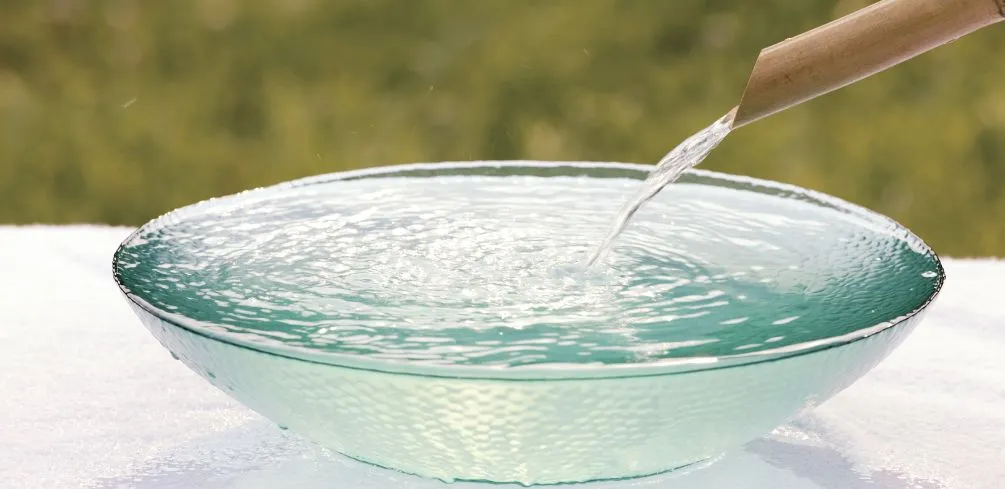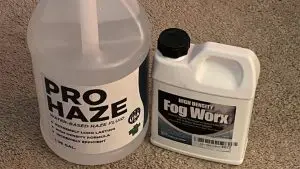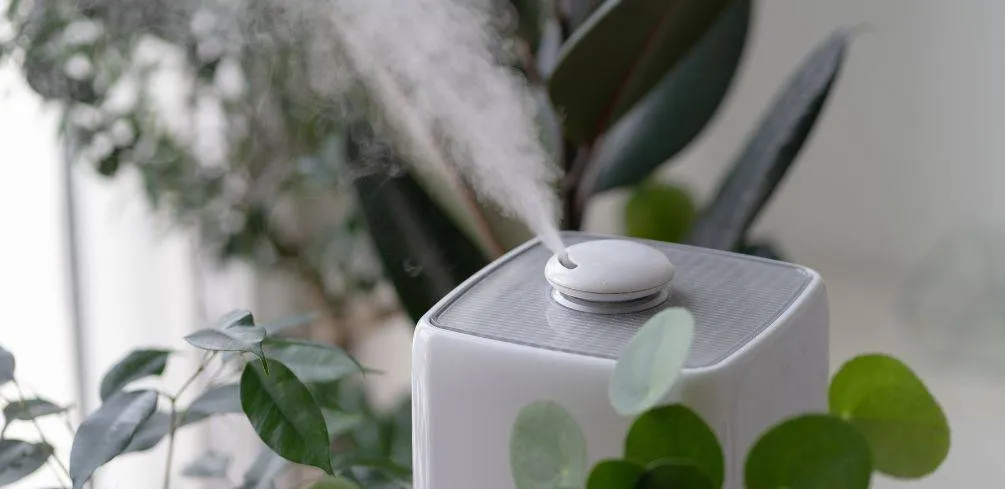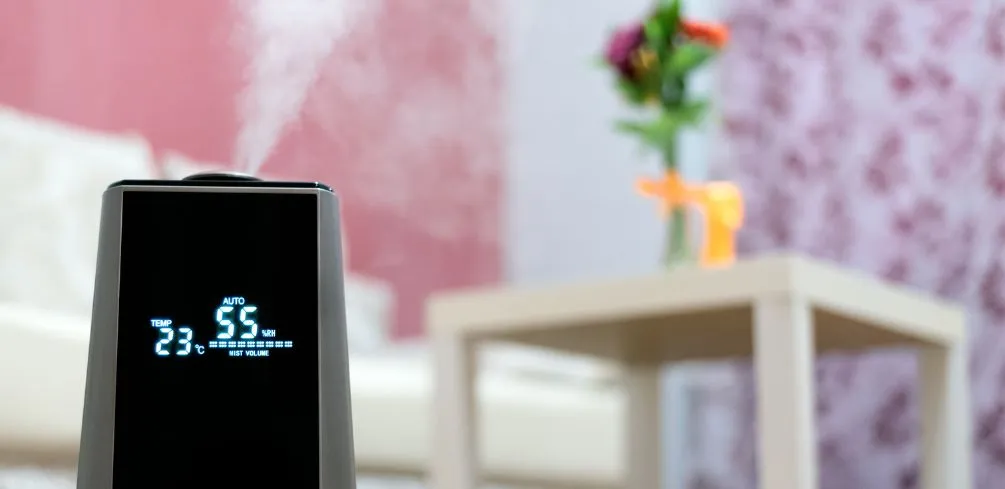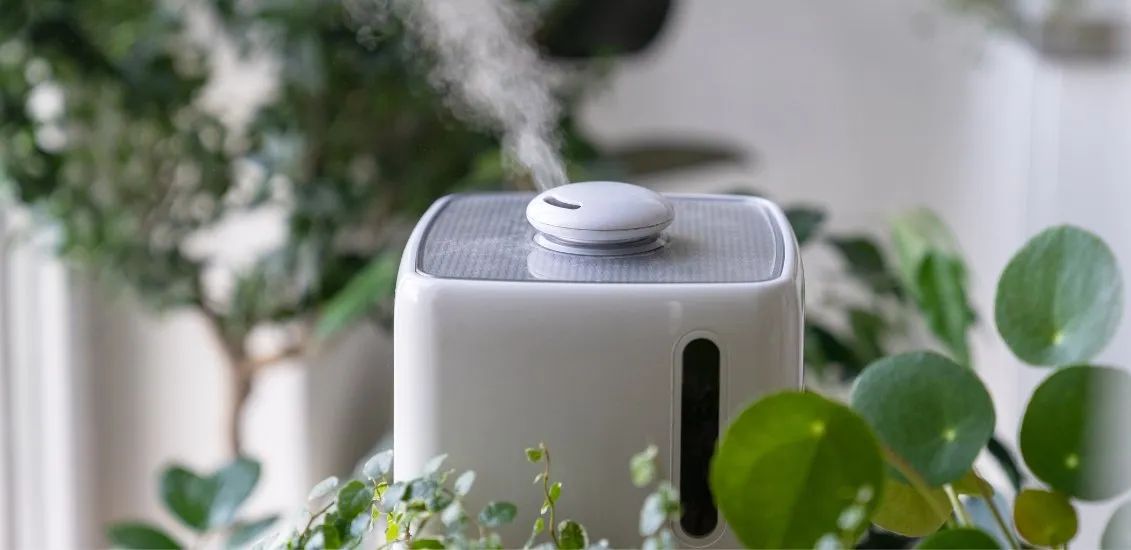It’s no secret that winter can be tough on your health. One of the most common problems is dry skin and lips.
So you may wonder, “what’s the simplest way to humidify a room?” “Can you humidify a room with a bowl of water?”
It turns out you can humidify a room with a bowl of water. All you need to do is place the bowl of water on a surface near a heat source, such as a radiator or heater vent. The heat will cause the water to evaporate and humidify the air around it.
Read on as I give you tips on getting the most out of this method.
Why Humidify a Room with a Bowl of Water?
There are a few reasons why anyone would want to humidify a room with a bowl of water:
It is a simple method
Given that you already have bowls and lots of water in your home, this is a very simple method to humidify a room.
It is an effective method
The bowl of water will actually help to humidify the air and make it more comfortable to breathe. While is way slower than using a standard humidifier, it will get the job done.
It is a cheap
This method is incredibly cheap since you are just using things that you already have in your home. You don’t need to go out and buy a separate humidifier.
Plus, if it works for you, you are going to save some money on your energy bill by not running a humidifier all the time.
How to Use a Bowl of Water to Humidify a Room
Here’s a quick step-by-step guide on how to use a bowl of water to humidify a room:
Select the right bowls
You want to get bowls that are shallow and have a big surface area. This will help the water to evaporate quickly and effectively humidify the air.
Deep and narrow bowls are not going to work as well. You can also use pans because they have a larger surface area, but they will need to be refilled more often.
Use fresh water
It is important that you only use fresh water in your bowl. You don’t want to use salty water as it does not evaporate as quickly as fresh water.
Also, even if it all evaporates, the salt residue left on the bowls will still absorb most of the moisture in the air, which defeats the purpose.
Placement is key
This is the most important step. You need to place your bowl or pan of water on a surface near a heat source, such as a radiator, baseboard heater, or even an open oven door.
If you have more than one heat source in the room, that’s even better. Just make sure that the bowl is not too close to the heat source, as you don’t want it to boil the water.
You can also place the bowls near windows where there is direct sunlight. The heat from the sun will help to evaporate the water and humidify the air.
Refill the bowls as needed
To maintain the humidity levels achieved, you should regularly check and refill the bowls as needed. Be sure to use fresh water each time.
Tips for Speeding Up Humidification Using a Bowl of Water
Here are a few tips to help you speed up the process:
Use multiple bowls
If you have more than one heat source in the room, use multiple bowls. This will help to increase the surface area of the water and evaporate it faster.
Place the bowls at strategic locations around the room to maximize the humidification.
Use a fan
If you have a fan, you can place it near the bowl of water to help circulate the humid air and distribute it more evenly throughout the room. Just be careful not to place the fan too close as you don’t want to blow all of the water out of the bowl.
Use warm water
Of course, using warm water will help to evaporate the water faster than using cold water. You can either use warm water from the tap or place the bowl of water on a heat source for a few minutes to warm it up before placing it in its final location.
Bottle and a soft cloth
Another way to increase the surface area of water for quicker evaporation is to place a bottle in the bowl. Wrap the bottle with a soft cloth to help wick the water up and increase the surface area.
Use dark-colored pans and bowls
This is another simple way to increase the rate of evaporation. Dark-colored pans and bowls will absorb more heat from the sun or other heat sources, which will help to evaporate the water faster.
This will be especially helpful if you are using cold water.
How Many Bowls Of Water Do You Need To Humidify A Room?
This depends on your room size and how humid you want it to be. If you are using multiple bowls of water, you can start with two and see how that goes. Adjust as necessary.
You may need more or fewer bowls depending on the humidity levels in your area and how often you open doors and windows.
If you live in a dry climate, you may need to use more bowls of water to humidify your room than if you live in a more humid climate.
Other Methods of Humidifying a Room
In addition to using bowls of water, there are other ways that you can humidify a room.
One popular method is to use a humidifier. There are many different types and sizes of humidifiers available on the market. Some even come with features like diffusers and timers.
Another option is to boil a pot of water on the stove. This will add moisture to the air and help to humidify the room. Just be sure to keep an eye on it so that it doesn’t boil dry.
Hanging damp towels in the room is also a good way to add moisture to the air. You can also hang your damp clothes in the room to help humidify the air.
Finally, placing plants in the room can also help to humidify the air. Plants release moisture into the air as part of their natural process. So, if you have a few plants in the room, they will help to keep the air nice and moist.
Humidify a Room With a Bowl Of Water FAQ
Final Thoughts
Using a bowl of water is a simple and effective way to humidify a room. You can speed up the humidification process by using warm water.
Hopefully, the tips and information above will help you to successfully humidify your room with a bowl of water.
Please be careful and use at your own risk
None of the authors, contributors, administrators, or anyone else connected with Wild Fog, in any way whatsoever, can be responsible for your use of the information contained in or linked from these web pages.

